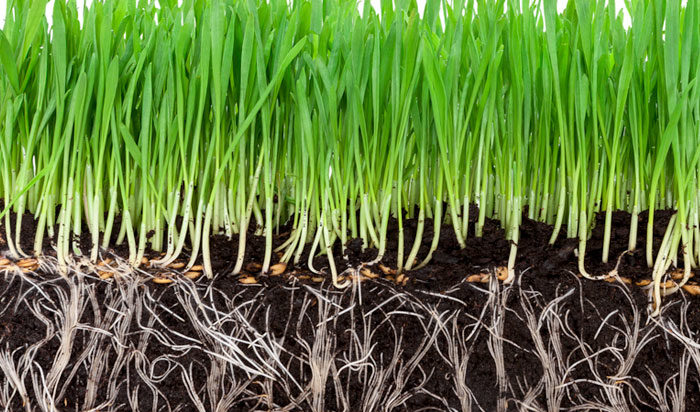Aeration Services
Homeowners in North Carolina have different types of turfgrasses.
Aeration, also called core aeration, is the process of perforating or aerating the soil with an aerator, as well as any thatch layer that might exist, by removing a core or plugs of soil and depositing that core on the surface to break down. It is an extremely beneficial lawn care service.
Warm Season Grass Aeration
Wondering about aeration for your warm-season lawn? This service should be performed in the spring. Warm-season grasses also do not require any over-seeding.
Bermuda, zoysia, centipede, and St. Augustine are warm-season lawns. These lawns require core aeration to relieve compaction and allow air and nutrients to get to the root zone. This is often considered one of the best investments for your lawn.
Aeration usually occurs in the springtime, when the turf has transitioned out of dormancy and has greened up. Aeration is performed on golf courses and athletic fields several times a year, however, homeowners with warm-season lawns should aerate in the spring.
Warm-season grasses are rhizomatic plants. These plants grow horizontally under or along the ground sending out shoots and roots. Core aeration creates better conditions that allow these new roots and shoots to develop into new plants. Core aeration disturbs the soil and breaks the plant up. This action stimulates the plant and causes it to grow. Your lawn will be thicker and greener as a result. This sets the stage for the rest of the season.

Benefits of Aeration for Your Lawn
Aeration, also called core aeration, is the process of perforating or aerating the soil with an aerator, as well as any thatch layer that might exist, by removing a core or plugs of soil and depositing that core on the surface to break down.
Reduces the chances of having thatch buildup. Thatch makes it harder for your lawn to absorb water and nutrients. It also makes it more susceptible to disease.
Reduces soil compaction, creating more channels for water, air, and nutrients to travel through. Just like humans, grass plants need water, oxygen, and food to thrive.
Creates the optimal environment for new growth. The new seed has the opportunity to embed in the soil, absorbing nutrients so that it can sprout lush, green grass.

